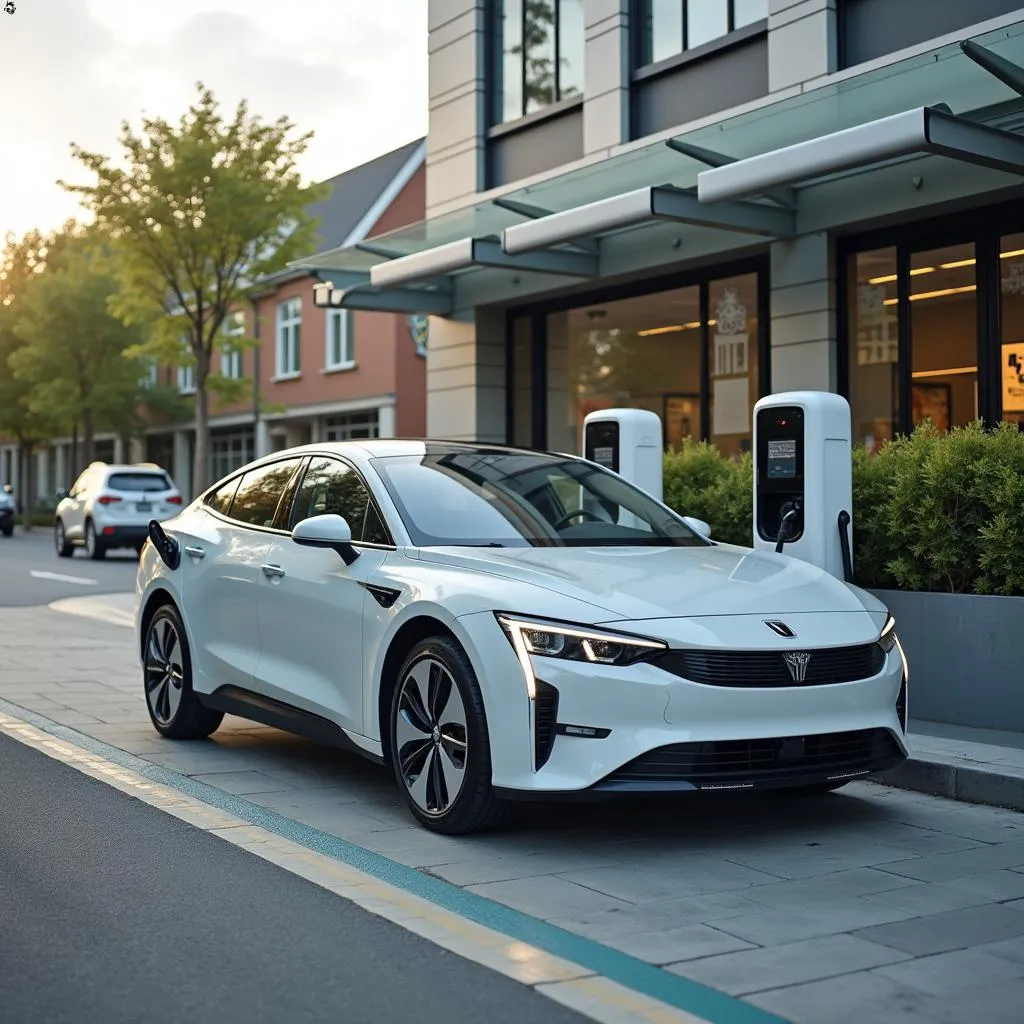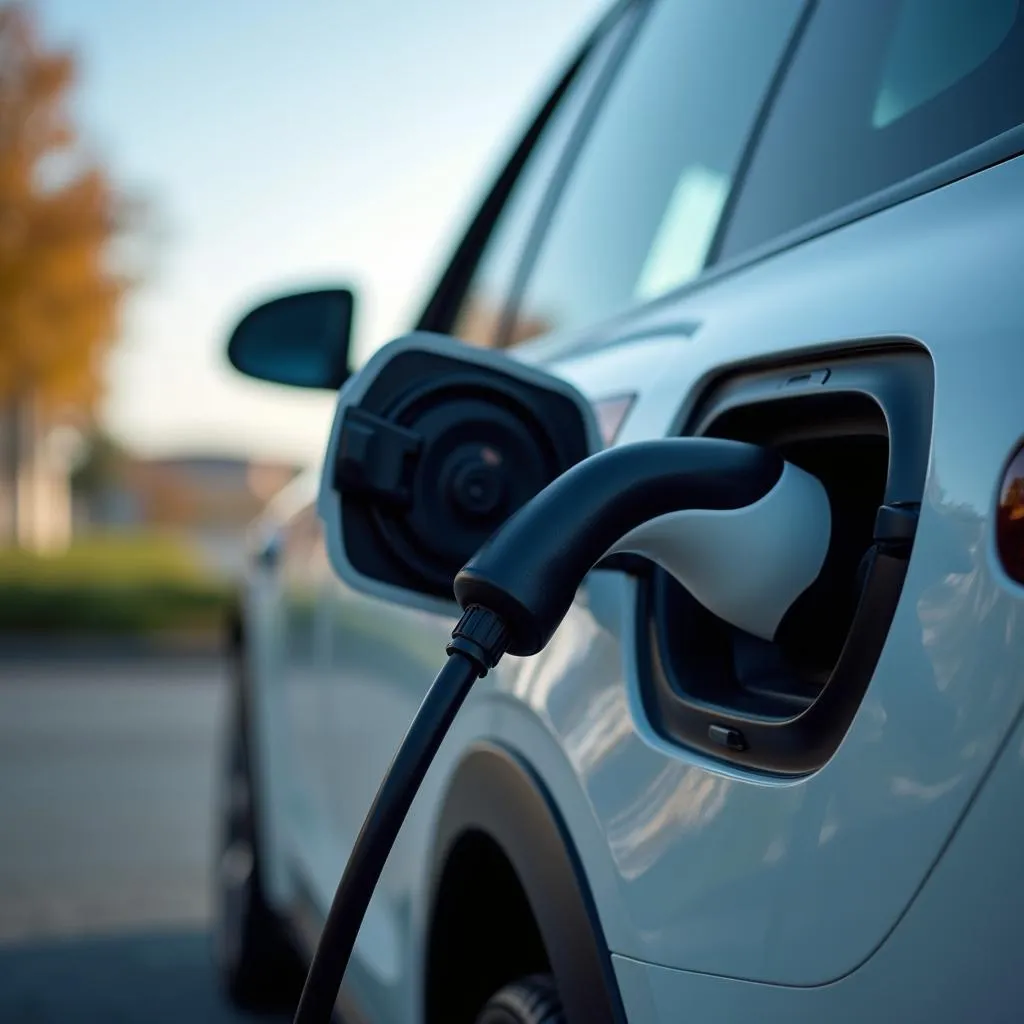In the PTE Academic Exam, the task “Summarize Written Text” is a crucial part of the Speaking & Writing section. It requires you to summarize a given passage in a single sentence. Today, we will focus on the important and increasingly relevant topic of renewable energy innovation in transportation. This theme aligns with modern-day objectives to reduce carbon emissions and develop sustainable infrastructure, which has been a recurring topic in recent PTE exams.
Let’s dive into an example of Summarize Written Text with this topic.
Example Task: Renewable Energy in Modern Transportation
Below is a passage for Summarize Written Text. Read the passage carefully and summarize it in one single sentence based on the key points presented. Make sure to limit your sentence to 5-75 words.
Passage 1: Renewable Energy Innovations and Future Transportation
The transportation sector is a significant contributor to global carbon emissions, with traditional vehicles relying on fossil fuels, which contribute to climate change. In the past decade, innovations in renewable energy, such as electric vehicles (EVs) and hydrogen fuel cell technology, have emerged as feasible alternatives to combustion engines. These advancements not only reduce greenhouse gas emissions but also enhance energy efficiency, offering a more sustainable future. Governments worldwide are also prioritizing the infrastructure necessary for renewable energy adoption, constructing electric vehicle charging stations and promoting hydrogen fuel distribution networks. However, barriers such as high development costs and limited energy storage capacity remain challenges that need to be addressed.
Summarize the passage in one sentence.
Example Answers Based on Band Scores
Band 90:
The transportation industry, historically reliant on fossil fuels, is shifting towards renewable energy systems such as electric vehicles and hydrogen fuel cells, which offer improved sustainability and reduced emissions, though there are challenges related to costs and energy storage.
- Content: Full coverage of the main ideas with details about EVs, hydrogen fuel, infrastructure, and challenges.
- Form: Perfect sentence structure and word count falls within the required 5-75 word limit.
- Grammar: Flawless, no errors in tense usage or subject-verb agreement.
- Vocabulary: Complex yet precise, the vocabulary used such as “historically reliant,” “shifting,” and “improved sustainability” demonstrates a strong command of language.
- Spelling: Accurate spelling, no errors.
Band 80:
Renewable energy innovations like electric vehicles and hydrogen fuel cells are reducing transportation emissions but still face challenges like high development costs and limited storage capacity.
- Content: Covers most key points but lacks contextual details about infrastructure efforts.
- Form: Sentence is concise and within the required word count.
- Grammar: Good structure and no significant errors.
- Vocabulary: Clear and appropriate use of terms such as “renewable energy” and “development costs,” but less sophisticated than Band 90.
- Spelling: No errors detected.
Band 65:
Electric vehicles and hydrogen fuel cells help reduce emissions, but their development is expensive and energy storage is limited.
- Content: Includes the core ideas but omits mention of government efforts and focuses less on the overall sustainability benefits.
- Form: Short and effective, with word count within the range.
- Grammar: No errors, but sentence lacks complexity.
- Vocabulary: Basic but clear; fewer advanced terms compared to higher band answers.
- Spelling: No spelling issues.
 Electric vehicle charging stations and renewable energy infrastructure
Electric vehicle charging stations and renewable energy infrastructure
Band 50:
Renewable energy can help reduce transportation pollution, but it is expensive and has storage problems.
- Content: Simplified summary, missing key details like specific types of renewable energy (EVs, hydrogen fuel).
- Form: Meets the word limit, but sentence feels overly simplistic.
- Grammar: Simple, with correct subject-verb agreement.
- Vocabulary: A bit too basic, using common terms like “pollution” rather than “emissions” or “greenhouse gases.”
- Spelling: No misspelled words.
Common Vocabulary and Phrases in Renewable Energy Innovations
Here are some advanced vocabulary words that commonly appear in discussions about renewable energy and transportation:
-
Sustainability /səˌsteɪ.nəˈbɪl.ɪ.ti/ (n.) – the ability to maintain ecological balance without depleting natural resources or causing severe environmental damage.
Example: Renewable energy is crucial for achieving sustainability in modern transportation systems. -
Hydrogen Fuel Cell /ˈhaɪ.drə.dʒən fjuːl sel/ (n.) – a device that generates electricity by merging hydrogen with oxygen, often used as a clean energy source.
Example: Hydrogen fuel cells are considered a long-term alternative to combustion engines. -
Energy Efficiency /ˈen.ə.dʒi ɪˈfɪʃ.ən.si/ (n.) – achieving more output while using less energy.
Example: Renewable energy technology is focused on improving energy efficiency in transportation. -
Emissions /ɪˈmɪʃ.ənz/ (n.) – gases or particles released into the air, particularly harmful ones such as carbon dioxide (CO2).
Example: Reducing transportation emissions is key to combatting climate change. -
Greenhouse Gases /ˈɡriːn.haʊs ˌɡæs.ɪz/ (n.pl.) – gases that trap heat in the atmosphere, contributing to global warming.
Example: Fossil fuel-based vehicles release significant amounts of greenhouse gases.
 Electric vehicle parked at a charging station
Electric vehicle parked at a charging station
-
Carbon Footprint /ˈkɑː.bən ˌfʊt.prɪnt/ (n.) – the amount of carbon dioxide and other carbon compounds emitted due to human activities.
Example: Electric vehicles reduce the carbon footprint of the transportation sector. -
Infrastructure /ˈɪn.frəˌstrʌk.tʃər/ (n.) – the basic physical and organizational structures and facilities needed for operation.
Example: Governments are investing heavily in infrastructure to support renewable energy adoption. -
Barriers /ˈbær.i.əz/ (n.) – obstacles that make it difficult to achieve an objective.
Example: High production costs and technological barriers limit the widespread adoption of renewable energy. -
Adoption /əˈdɒp.ʃən/ (n.) – the act of starting to use a new method or product.
Example: The adoption of electric vehicles is growing rapidly across the world. -
Electric Grid /ɪˈlek.trɪk ɡrɪd/ (n.) – a network that delivers electricity from producers to consumers.
Example: The expansion of the electric grid is essential for supporting the increasing number of electric vehicles.
Conclusion
The passage provided above reflects an actual PTE Written Summary task featuring the subject of renewable energy innovation in transportation. This topic is frequently seen in the exam due to its relevance to modern global challenges such as climate change, making it essential to master the vocabulary and concepts related to it. By practicing with tasks like the one above and familiarizing yourself with key terms related to sustainability and transportation, you can improve your performance on the PTE Summarize Written Text task and become better prepared for the overall exam.
 Urban infrastructure supporting renewable energy adoption
Urban infrastructure supporting renewable energy adoption
Remember, renewable energy’s integration with transportation will also impact smart cities and renewable energy integration, as well as efforts related to renewable energy adoption in public infrastructure and urban infrastructure and sustainability goals.
Keep practicing, and if you have any questions or need further assistance, feel free to leave a comment!